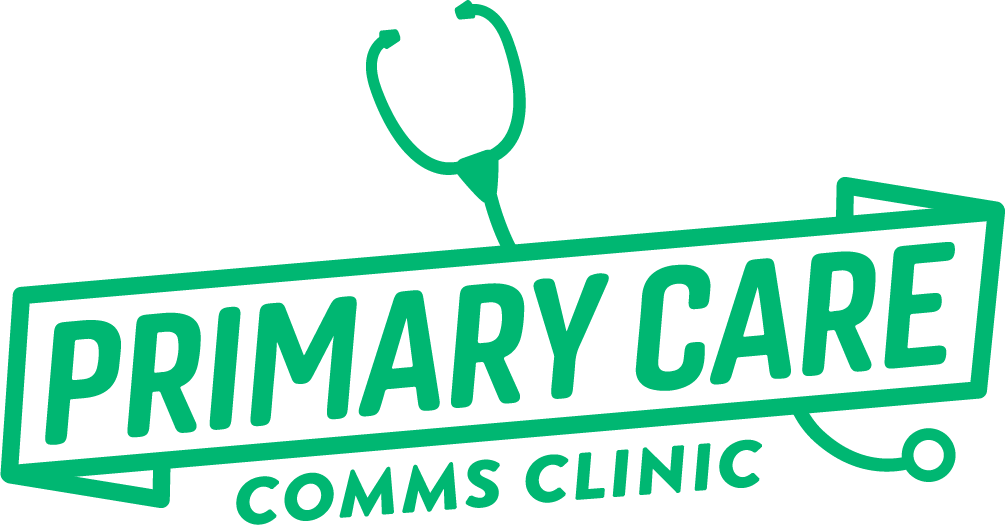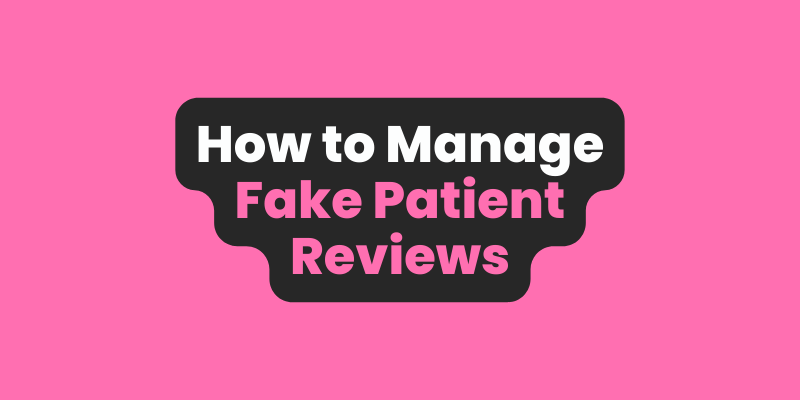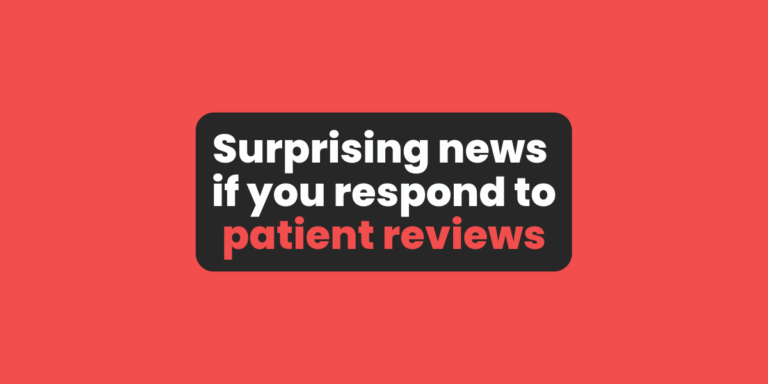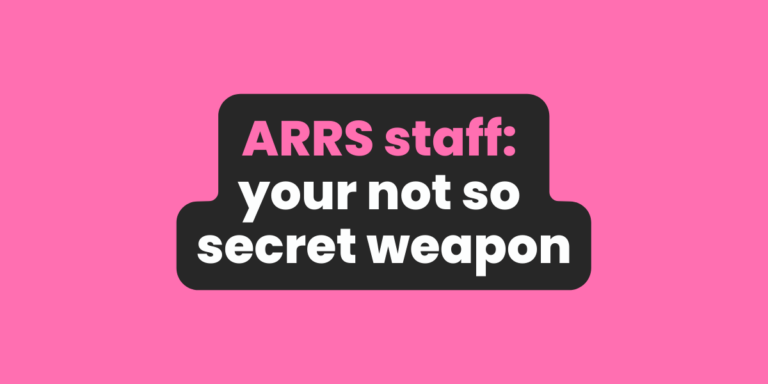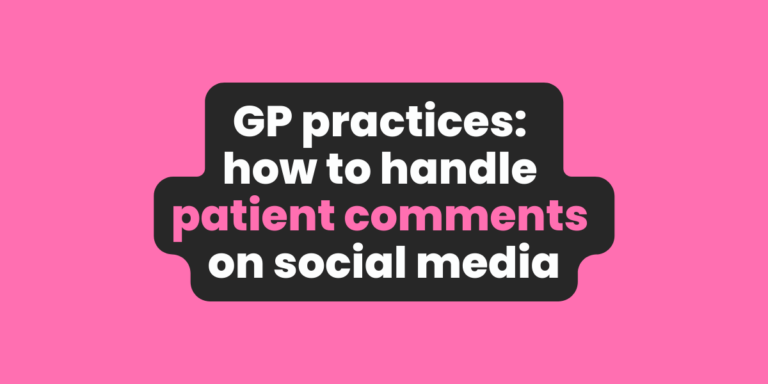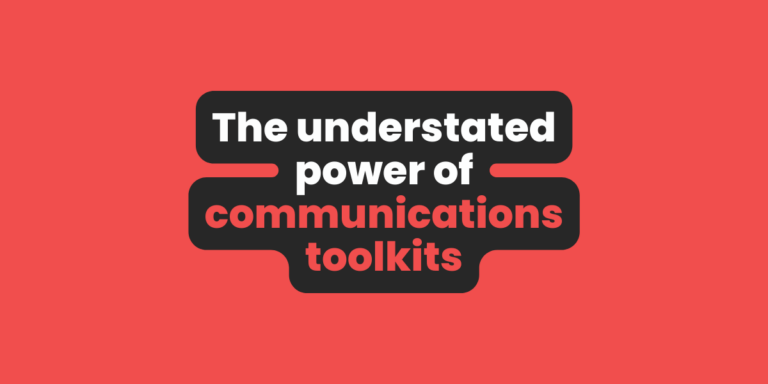Managing an online reputation for your GP practice these days is no easy feat. Back in the day, word-of-mouth referrals travelled much slower, over the garden fence or while you were queuing in the post office. An unhappy patient would grumble to a few friends, and that was about it.
Fast-forward to today, and we now have review sites like Google Business, NHS.uk, Doctify, and IWantGreatCare. As a communications team, we review, monitor, report and answer reviews every day on behalf of GP surgeries and stay on top of their reputation management. That’s because we know a single negative review on Google can be amplified for the whole internet to see. And it only takes a few bad apples to start dragging down your otherwise stellar online rating. But it’s those fake patient reviews that really stick the knife in, right? That’s what we’re going to explore in this article.
Google reviews: is it a fake review or genuine criticism?
Let’s get one thing straight – more than 50 per cent of your negative reviews are individual, personal expectations you’ve been unable to meet. You might be a GP practice providing primary care to over 10,000 patients in your village. That’s over 10,000 sets of individual expectations you cannot and are not expected to meet. So stop losing sleep over it.
I’ve seen patients get bent out of shape for all sorts of things over the years. A gentleman was upset and launched into an online tirade when his appointment was delayed by just five minutes after he’d just seen the patient before him being wheeled out by an ambulance. He took to Google and Facebook to vent about it like it was a human rights violation. Or the patient who didn’t like the honest advice given to them about lifestyle changes, so they tried to get revenge with a fake “the doctor was so rude and unprofessional” story.
It’s just not fair when you and your team are working tirelessly to provide quality, compassionate healthcare. You don’t deserve to have your name dragged through the mud by a few salty keyboard warriors.
It won’t come as a shock to you that online reputation is hugely important these days – studies show that 9 out of 10 people read online reviews before committing to a service. And you also know you need to show you’re listening and responding to patient feedback for CQC purposes.
But what you might be surprised to learn is that when someone comes across a bad review, they will spend around five times longer exploring or browsing your site or other reviews to check if the comments are true or likely. So, if you leave those negative or fake reviews, they can really damage your practice’s standing in the community and put prospective new patients off from registering with you. That’s completely unfair, in my opinion, which is why I tell every client to be proactive about protecting their good name, especially against fake reviews! You can’t just take that lying down!
How to spot a fake negative review on Google
The first step is being able to sniff out which reviews are legit and which are fake. I’ve gotten pretty good at playing amateur detective when it comes to spotting bogus patient feedback.
Vague comments without any specifics? Using way too many vague verbs like “the receptionist was so rude and unhelpful” instead of describing an actual incident? Excessive use of “I” statements to try and sound more credible? Those are huge red flags.
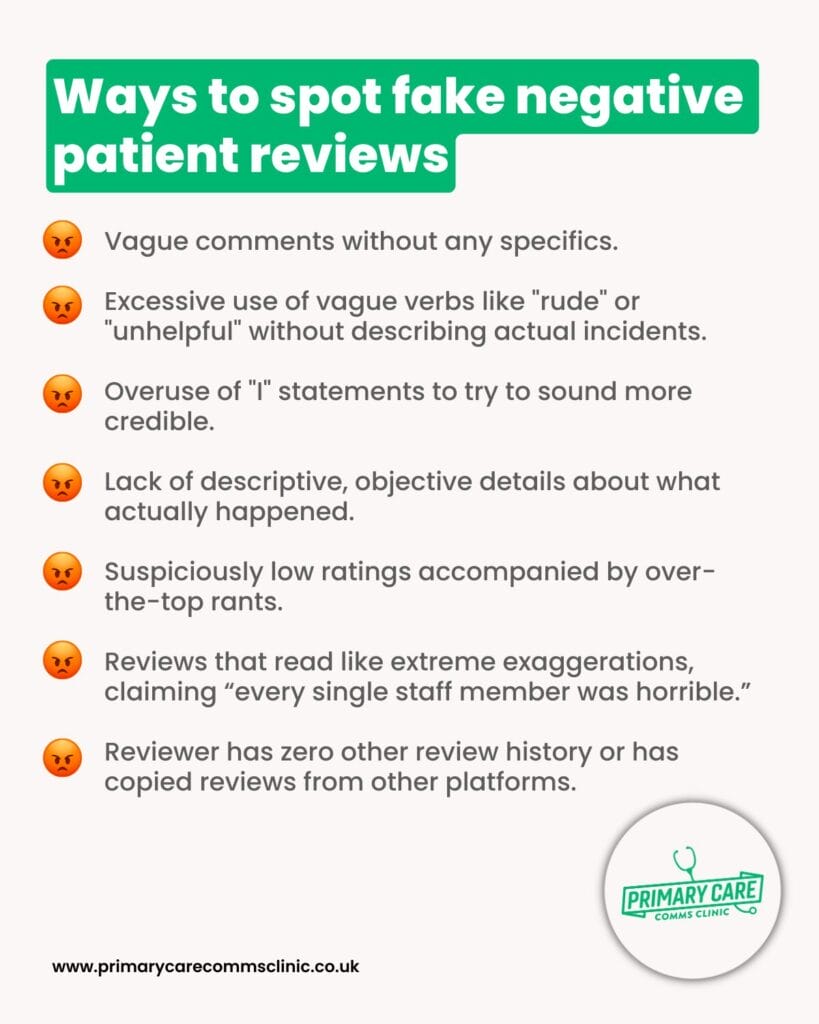
Real patients, even dissatisfied ones, tend to be more descriptive and objective in their reviews. They’ll generally provide more context around what happened, like “I waited 45 minutes past my appointment time without being updated, and when I asked the receptionist about the delay, they were dismissive.” You know, actual details instead of just vague insults.
Suspiciously low ratings accompanied by over-the-top rants also set off alarm bells. The same goes for reviews that read like a BBC Panorama episode in reverse, laying on thick about how every single staff member was irredeemably horrible. In my experience, even a terrible experience usually has a few redeeming factors that a real patient would acknowledge.
On the flip side, reviews that are gushingly, unbelievably positive raise an eyebrow too. (Why are you complaining about those ones, Kara!?) I’ve seen CQC raise an eyebrow about them in assessments more than once, that’s why! Obvious cases of employees writing their own fluff pieces or practices only asking patients who’ve had a good experience for a review – they all sound oddly generic or weirdly similar.
And that’s another giveaway – if the reviewer has zero other review history on any platform or their other reviews seem copied from the same template, something’s definitely fishy. A real patient leaving an authentic review will generally have a more varied review footprint across sites as they react to different experiences.
Reporting fake Google reviews
Once you’ve identified a likely fake review, it’s time to flag that sucker! Here’s how to do it on Google:
- Look for the little flag in the top right corner of the review to report the suspicious review, which will take you to the “Report a Policy Violation” page. You can also report the review from within your Google My Business account (now just known as Google Business).
- Submit your email address, select the Violation Type, and done. Google will contact you for more details if required.
- If you face difficulties, contact Google’s support team through your Google Business dashboard’s Reviews section.
- Ask a couple of fellow staff members to jump on Google and flag the review too. This will go a long way and bolster your plea. It also sends extra signals to Google’s moderator bots that “many” believe the review in question to be clearly fake feedback.
Google’s team is usually pretty responsive and get back to you within a couple of days. You also have the option to appeal any results you don’t agree with and have your review checked by a human moderator – which actually works pretty well if it’s clearly a fake review.
If the review uses really vile, threatening or hate-filled language, get on Google’s case immediately. Handling fake reviews is one thing but malicious ones are a whole different ball game. Don’t let that kind of feedback fester. The Google Small Business Support team on X/Twitter can sometimes expedite these urgent takedown requests. You can also upload legal takedown notices if things venture into that territory.
Bear in mind that Google will need evidence to take action on your request, so equip yourself with all relevant information about why you believe a review is fake and make it clear why you believe it violates their Community Guidelines.
Respond to bad reviews with class and lessen the impact
Google can’t tell for sure who is right or wrong in many situations which is why it’s so frustrating that unverified fake reviews can be left by just about anyone.
Feel a bit of relief knowing that CQC takes Google reviews with a huge pinch of salt, especially when you’ve got an even spread between 5-star and 1-star reviews, which is what tends to happen to most GP practices we support.
If someone leaves a fake review and you can’t get Google to remove it, it’s time to kill ’em with kindness and respond to the review anyway. Call it out and say it’s difficult to see whether the feedback is related to an actual experience at your practice.
Even for harsh negativity, maintain a professional, polite and solution-oriented tone. Always emphasise your commitment to your actual patients’ wellbeing and quality care. The good reputation you’ve worked so hard to build will inevitably shine through.
Get advice to remove fake reviews and get help with answering those patient reviews
Trolls are gonna troll, but don’t let it get you down too much. Keep focusing on providing top-notch, compassionate healthcare, and your grateful, satisfied patients will be your biggest advocates. Their authentic positive reviews will drown out the inflammatory noise from the haters if you learn how to ask for feedback and reviews more naturally.
If you’re wondering how we can do this, you’ll probably want to check out our Digital Customer Service Skills training workshop. And if you’re wondering can you just do this for us, our Content Booster service should do the trick.
Happy Review Answering!
Author: Kara Skehan, managing director at Primary Care Comms Clinic
